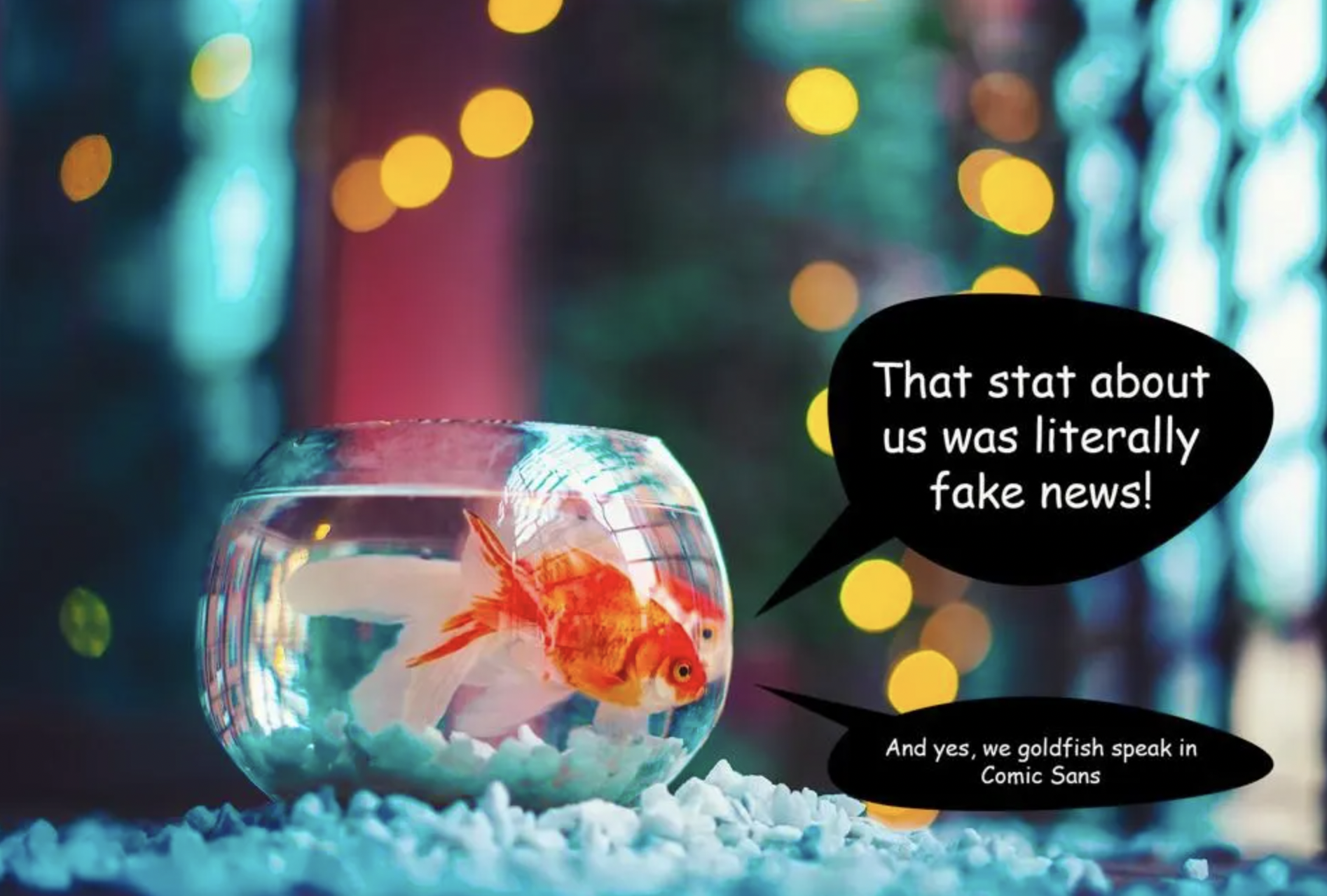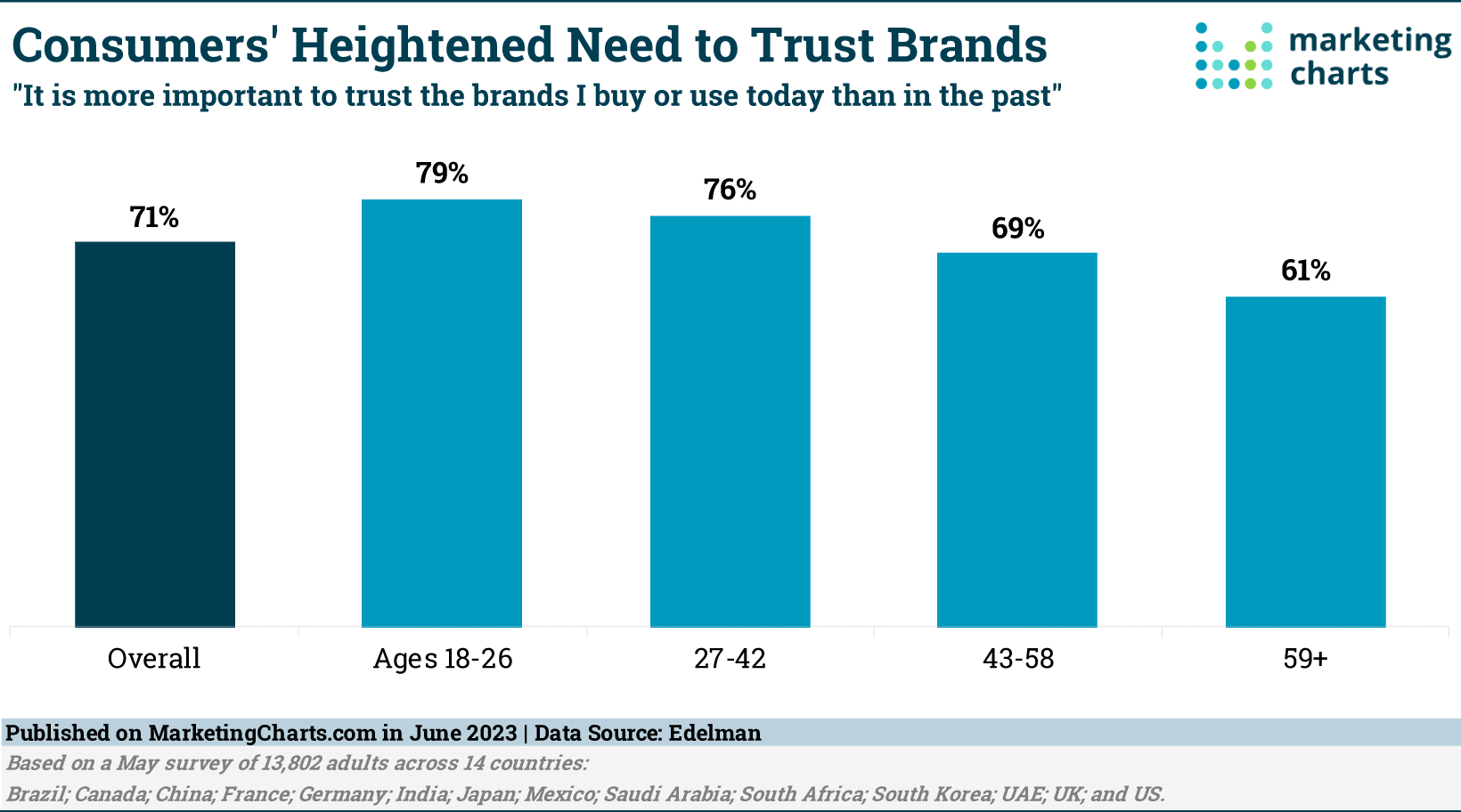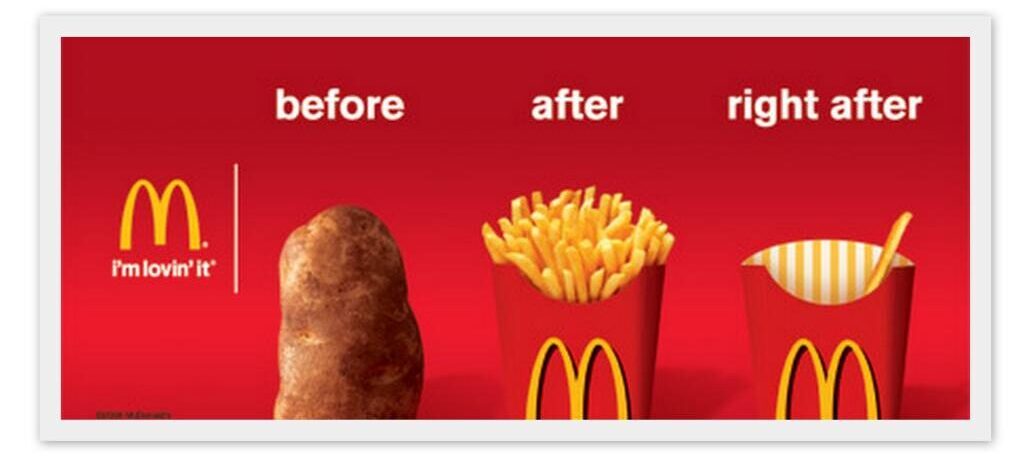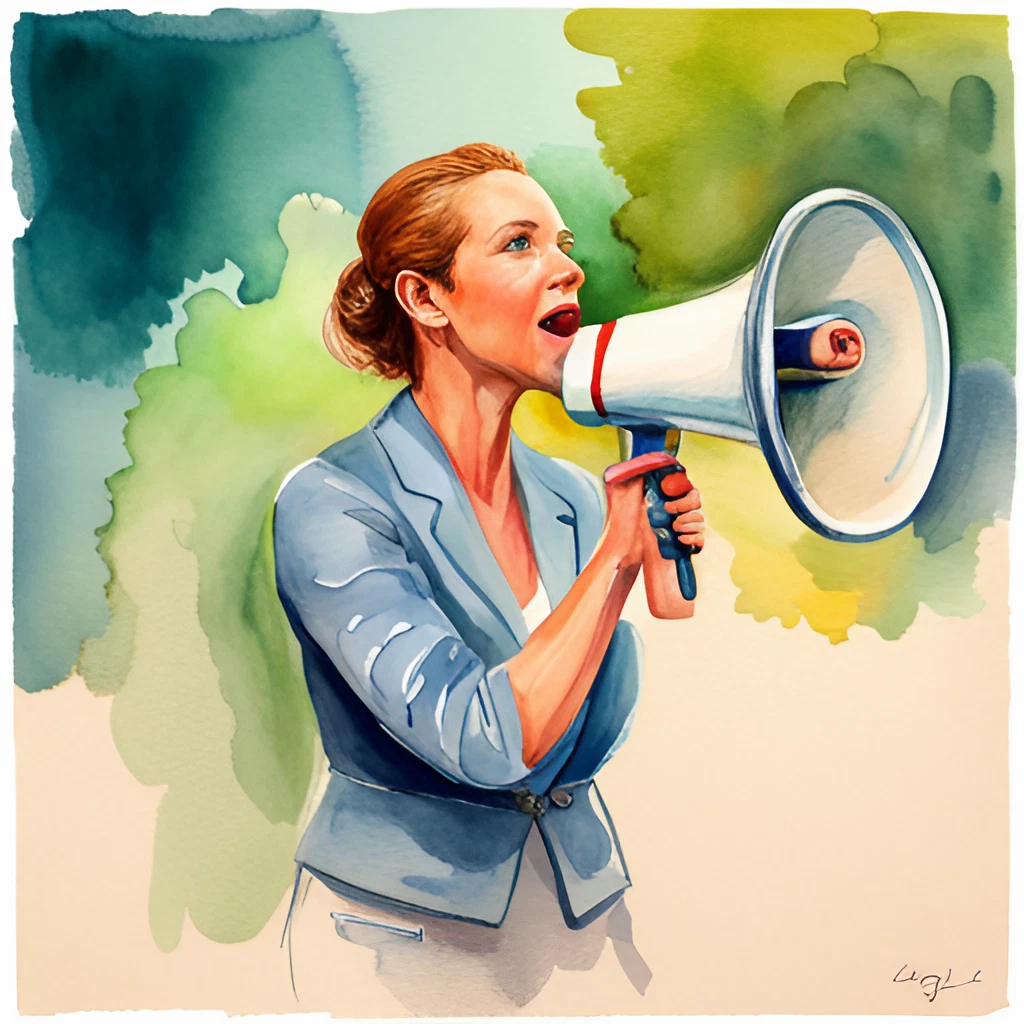Ever find yourself staring at the ceiling at 2 a.m.?
You want to sleep.
You should be asleep.
But your brain hates you and it won’t shut up.
So you pick up your phone and start to scroll.
Your fingers moving frantically up and down the screen.
“Oh, Jenny’s got a new dog.”
Up. Down.
“What a weird-looking bag…”
Up. Down.
“Ugh, why? That color is yikes!”
Up. Down.
“I can’t believe they posted tha…”
STOP.
Something’s caught your eye.
You spot the brilliant turquoise river first. Raging yet serene. Then your eye moves to the dark green trees flanking the water on both sides. Lush and vibrant. In the distance, there’s a faint blue sky but the giant, tree-filled mountains overwhelm the background.
There, in the middle, something pulls at you.
Right there, at the center of the image, is a tiny person in a bright red jacket on a bridge. One hand in the air, waving at you, as if saying, “Come here!”
You bolt upright from bed.
“Gorgeous!! Where is this?!”
You click the description and read.
—
This is the power of visual storytelling.
It stops you dead in your tracks…and gets you to do something.
What is Visual Storytelling?
Visual storytelling is using visual elements to tell a story.
The purpose?
To trigger an emotional response, make your brand unforgettable, and get your audience to take action.
Visual storytelling is everything nowadays.
Every dedicated social media user knows this. And every marketing company lives and breathes it (or at least they know how important it is by now.)
Most marketers think visuals are all about videos and images. But, visuals also include infographics, typography, layout, color psychology, and other “visual” elements you include in marketing and branding.
Why Visual Storytelling Matters
Captures Your Attention
It’s no secret attention spans have been sinking over the years.
And no, whatever you’ve read about humans having an 8-second attention span (shorter than a goldfish!) is not true.

Source: Forbes
But it is true that humans are now an impulse generation. We’re so used to having and doing a multitude of things at once.
For marketers, this means capturing the audience’s attention is tougher now. After all, why should someone give you their precious quarter second, when they can use it to check their email, send a meme to a friend, or catch that funny dialogue from the Netflix show they have playing in the background? (No, no, I’m not talking about me…*nervouslaugher*)
This is where visual storytelling pays off.
Using video, images, or graphics, a brand can pull an audience’s attention by showcasing a powerful scene or story that makes the readers want to pay attention–even if it’s just a millisecond.
Makes Your Brand Memorable
When people see your ads or campaigns, you want them to remember YOU. Adding exciting visuals in your marketing, from the color, the images, a specific font, and other visual elements can remind customers that this product or service comes from your brand alone.
According to a 2023 Edelman Trust Institute study, almost 7 out of 10 adults buy from brands they trust. Marketing Charts has given an overview of the study and made a handy chart for us to look at below.

Source: Marketing Charts
As you can see, more customers (especially Gen Z’ers) prefer to buy from brands they trust. One way to build and gain this trust is to make sure customers remember you and recognize you as trustworthy. So, this makes fantastic brand visuals coupled with honest, reliable storytelling even more important today.
Triggers Your Emotions
Great visual storytelling makes your audience feel something.
Ever seen posters for crispy french fries? It’s so freshly fried you can still see the steam when you break one in two. Now, imagine hearing that familiar crunch as you sink into it and the right amount of saltiness invades your mouth. Are you drooling yet? (I kinda am.)

Source: AdSpot
Good visuals trigger the right feelings. Visual storytelling done correctly can make customers feel happy, nostalgic, hungry, or inspired enough to drive them to purchase or in this case, quickly search for the nearest drive-thru.
The Building Blocks of Effective Visual Storytelling
Now that we know why, let’s talk essentials. What are the key ingredients to crafting engaging visual stories? Here are a few elements to keep in mind:
The Four C’s
Color, composition, context, and consistency are vital components of a good visual narrative.
- Colors evoke certain emotions and are powerful tone-setters. Use this to set the stage for your story. Ask how you want your customers to feel when they first see your visuals. Happy? Excited? Uncomfortable? Use color to activate the emotion you want.
- Composition is how the visuals (and text) are set in place. In photos, think of the layout. Experiment to figure out the format that suits your audience best. Guide the viewer through the image and make each stop contribute to the story you want to share. For video, this has a lot to do with editing so the story unfolds with maximum impact.
- Context sets the stage for how your product or service solves the real-world problems of your customers. It’s often seen in the details or the background. Think of stacked paperwork on a worker’s desk or dark rain clouds in the distance. You can use visual analogies or metaphors to express this too.
- Consistency develops your brand identity, which helps in effective visual storytelling. Having a brand guideline is one way to do this. Another is to include your brand logo or brand palette in the visuals.
Authenticity
Customers are now brand savvy. They can easily spot fakes from a mile away. That’s why using and sharing genuine stories and testimonials to showcase your brand values is a must. Don’t fudge it. Showing the real side of your brand and sharing your brand story truthfully will make your audience feel more connected to you.
Use High-Quality Visuals
Never skimp on the quality of your visual assets. Hiring professionals to shoot video campaigns is expensive, but if you hire the right team, the results will speak for themselves. Using poor-quality elements can damage your brand’s reputation and sometimes turn off customers. If you need to invest in expert fractional creative direction, do it, if it means giving your marketing campaigns the best chance of driving results.
Have a Clear Call To Action
I’m sure you’ve seen them. Those beautiful ads that make you go “Wow” but leave you saying, “Okay, what now?”
Don’t make this mistake.
Always know what you want your audience to do after seeing your visual story. Do you need them to buy something? Go to your website? Sign up for a newsletter? Or just leave a comment?
Have a direct and clear call to action.
I can’t say this enough, the purpose of visual storytelling is to capture attention, hold it, and then guide your viewers to the desired action. You can’t just complete one part of it and hope the rest will follow.
Where To Use Visual Storytelling in Marketing
Still with me so far? Okay, good. After the why’s and the hows, let’s explore where you can use visual storytelling in your marketing.
-
Social Media
Because it’s a visual medium, it’s the perfect platform to showcase visual narratives. Depending on your marketing approach, you can humanize your brand by giving your audience a behind-the-scenes look at your offices or processes. Encouraging USCs or User Generated Content is also a fantastic way of creating a lasting story with your audience.
For inspiration, check out how GoPro used its Million Dollar Challenges to generate content directly from its users. It’s marketing, but it’s the users that are marketing the cameras to others, not the brand. Smart, right? The beautiful images and the thrilling adventures hype the community, creating great engagement that makes users feel connected to the company.
-
Content Marketing
Visuals are a huge part of content marketing. Blogposts rarely contain images or graphics while emails can now include gifs or photos if the brand decides to have them. And it doesn’t stop there.
Visual content is more easily shared so imagine creating an infographic summary of your long blog post. If you include relevant info, beautiful composition, and great design, the infographic will likely be shared by others who find it useful.
Look at Hubspot’s blog to see this in action. The website breaks up content passages with graphs, images, typography, audio snippets, videos, or infographics. The important thing is these visual elements complement the content and guide customers through to action.
-
Advertising
Advertising is another avenue to use visual narratives. Storytelling ads can be short or long-form but always include a memorable character, a thrilling plot, and a relatable setting that connects with your audience. The great part about this is you can get as creative as you want. There are key elements but it’s not a one size fits all.
Remember those Old Spice ads? Chances are, you’ve seen them and chuckled. Old Spice’s “The Man Your Man Can Smell Like” campaign has a memorable character and a relatable setting. It’s also funny and has short punchy lines.
Humor makes recall faster, so this was a smart thing to include in the campaign. The ad also understands its consumers well by insinuating they can become closer to the man they want to be by using Old Spice.
Okay, now back to me.
Just remember, for every successful visual storytelling campaign, there are also ones that have crashed and burned.
Keep your campaigns from suffering a similar fate by being mindful of the stories you are sharing. Focus on authenticity, use quality visuals, and narrate in a way that reaches your audience.
Wrapping Up
Like that one image that stops you from doomscrolling all night—good visual storytelling can make you sit upright, take notice, feel, and do something.
Consider incorporating a visual story into your printed marketing materials, ad campaigns, social media posts, or your website if you haven’t already. It’s one reliable way to drive results in your campaigns.
Do you need help fine-tuning your visual story? Getting support from a creative expert is the best solution.
Get expert creative help with Nicole Steffen Design. From amazing website design to expert fractional assistance, we’re ready to help tell your story.
Let’s talk! Schedule a 30-minute call today.




